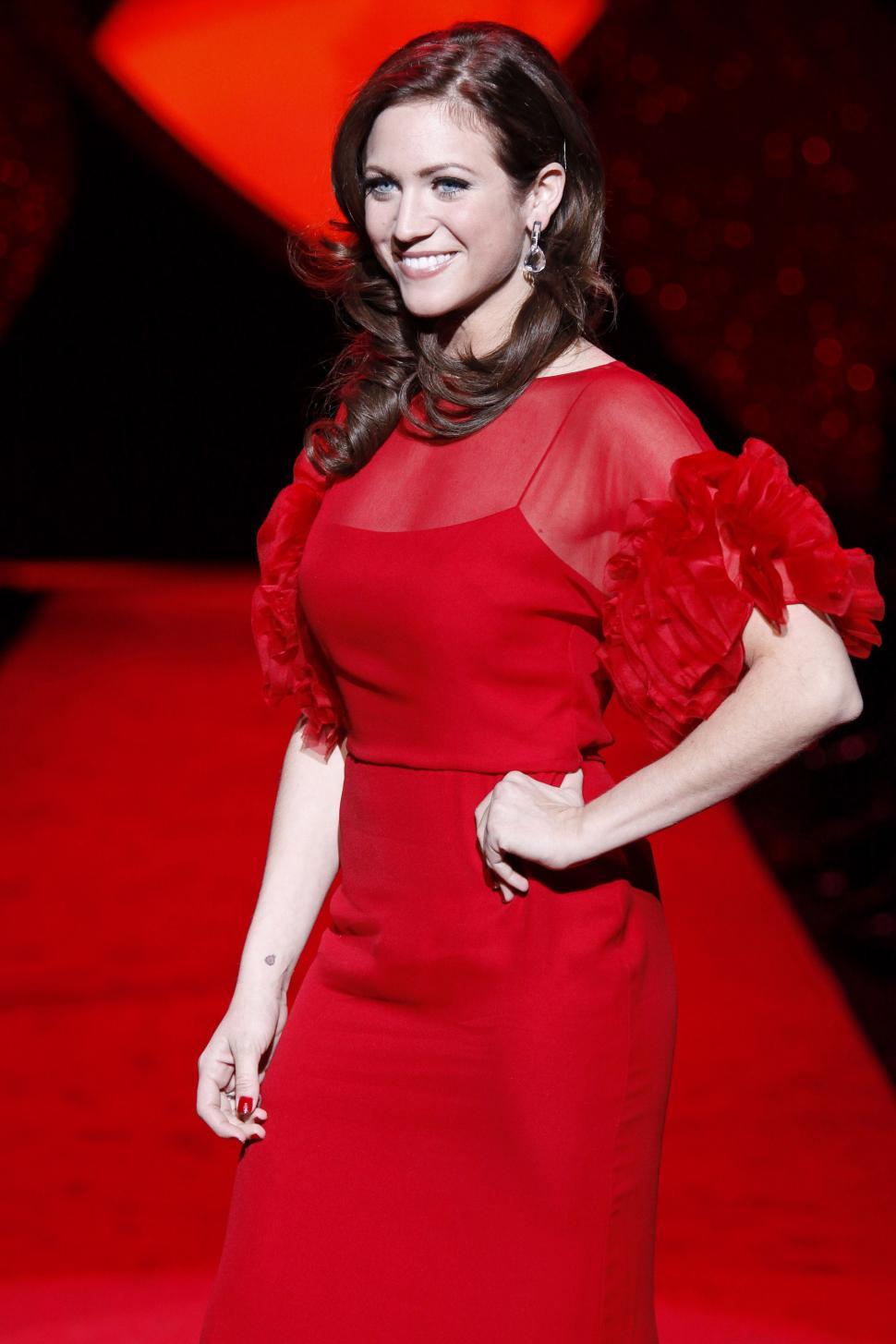
The red carpet, an enduring symbol of Hollywood’s unparalleled glamour, has long served as a glittering stage where cinematic artistry meets high fashion and celebrity power. It is a spectacle that captivates millions, from the flashbulbs of the press to the eager eyes of fans glued to their screens worldwide. Yet, beneath the polished surface and dazzling displays of sartorial excellence, lies a complex and often turbulent ecosystem, driven by immense economic pressures, ethical considerations, and intricate strategic maneuvers that shape public perception and industry trends.
Far from being merely a runway for stars, the red carpet is a critical nexus where business, art, and personal narratives converge. It represents a significant portion of the entertainment industry’s annual cycle, impacting not just the A-listers, but an expansive network of professionals whose livelihoods depend on its continuation. From the historical shifts brought about by global crises to the modern-day anxieties spurred by environmental disasters, the very existence and format of these high-profile events are continually debated and redefined, often revealing the foundational tensions within Hollywood.
This deep dive into the industry will unpack the multifaceted world behind the velvet rope, examining the evolution of red carpet ethics, the crucial economic role of the unseen workforce, and the high-stakes public relations battles that play out both overtly and covertly. We will explore how historical events have shaped current practices, listen to the voices of those whose careers hinge on these events, and dissect the intricate planning and occasional pitfalls that define Hollywood’s most iconic stage.

1. **Bette Davis and the War-Time Oscars Overhaul (1941)**The notion of scaling back Hollywood’s lavish celebrations during times of national crisis is far from a new concept, with a powerful precedent set over eight decades ago. At the close of 1941, as the United States plunged into the throes of World War II following the devastating attack on Pearl Harbor, the esteemed two-time Oscar winner Bette Davis, then serving as the first female president of the Academy of Motion Pictures Arts and Sciences, passionately advocated for a radical overhaul of the upcoming Oscars ceremony. Her stance was clear: to indulge in high-style celebrations while the nation grappled with the horrors of war would be perceived as ‘to fiddle while the world burned.’ This historical moment underscores the profound responsibility Hollywood often feels to reflect and respond to the broader societal climate.
Davis’s vision for a more somber affair included several transformative proposals, most notably that the Academy Awards should transition into a ticketed event. Crucially, the proceeds generated from ticket sales were intended to be donated directly to the Red Cross, demonstrating a commitment to tangible humanitarian aid rather than mere symbolic austerity. This innovative idea aimed to channel the industry’s significant resources and influence towards a pressing national need, transforming a celebratory event into a philanthropic endeavor. Her leadership underscored a period when the entertainment world sought to align itself directly with patriotic duty and collective sacrifice.
Despite her earnest and well-intentioned proposal, Davis’s plan faced resistance and was ultimately ‘shot down.’ This setback, however, did not deter her successors from recognizing the imperative of the moment. Following her cue, they moved forward with a ‘muted, austere ceremony befitting the moment,’ characterized by a significantly ‘casual dress code,’ with the notable exception of military uniforms, which were not only permitted but encouraged as a symbol of respect and national unity. This shift was widely publicized, with a telling headline in the trades declaring: ‘Will Hold Academy Dinner After All, But Nix Finery, Hoofing and Glitter.’ This pivotal decision established a template for how Hollywood might adapt its most iconic events in response to profound external pressures, prioritizing decorum and empathy over traditional extravagance.

2. **Modern Scrutiny: Wildfires and Awards Season Glamour (2024)**Fast forward to the present day, and Hollywood finds itself once again at a critical juncture, facing similar ethical dilemmas regarding the appropriateness of lavish awards ceremonies amidst devastating real-world crises. In January 2024, as ‘wildfires have laid waste to much of Los Angeles County,’ claiming ‘at least 28 lives, displaced roughly 150,000 residents and destroyed more than 16,000 structures across 60 square miles,’ prominent voices within the industry, including those of Jean Smart and Stephen King, have publicly questioned whether the usual ‘seasonal red carpet peacocking might come off as insensitive to the devastation.’ This contemporary debate echoes Davis’s concerns from decades past, highlighting a recurring tension between spectacle and sensitivity.
The humanitarian scale of the disaster has understandably led many stars to ‘wonder how — or even whether — to dress for the occasion,’ grappling with the moral implications of celebrating opulence when so many are suffering. This introspection has not been confined to mere contemplation; it has resulted in concrete impacts on the industry calendar. Several awards events, crucial benchmarks of the season, have been ‘postponed (twice, in the case of the Critics Choice Awards),’ and numerous film premieres, typically a key component of a film’s marketing strategy, have been outright ‘canceled.’ The direct disruption underscores the severity of the crisis and the industry’s initial response to these challenging circumstances.
This modern crisis, much like the historical precedent, forces a reckoning with Hollywood’s public image and its role within society. While the industry grapples with the optics of its most glamorous events, the underlying questions persist: how does one balance the tradition of celebration and recognition with the urgent call for empathy and solidarity? The answers are not simple, as the following discussions will reveal, impacting not just the high-profile attendees, but the vast network of individuals who rely on the awards season for their livelihood, making this far more than a debate about fashion choices alone.
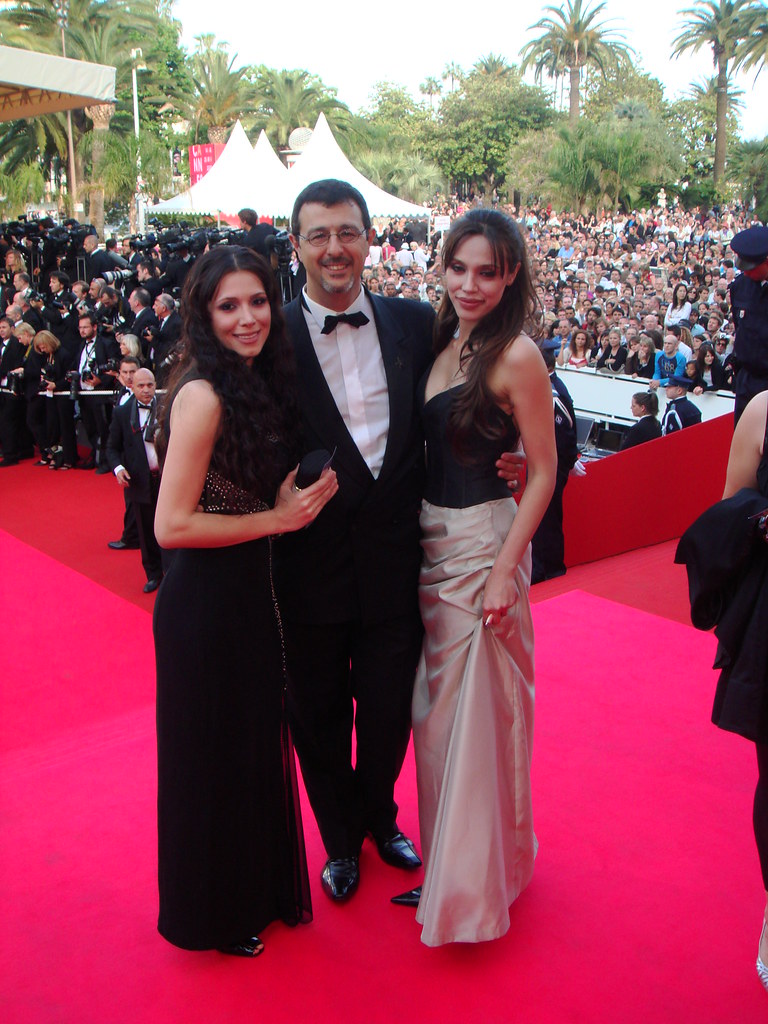
3. **The Gig Worker’s Dilemma**While public discourse often focuses on the ethical implications for the stars themselves, the calls to ‘do away with the red carpet as usual are alarming the throngs of gig workers’ whose very livelihoods depend on these events. For these professionals, who are integral to preparing stars for ‘the dozens of events that typically take place during the three-month awards season,’ any reduction in glamour or cancellations represent a direct threat to their income. They argue that if the intention is ‘to show solidarity with the industry’s most vulnerable,’ then ‘cutting off their biggest source of income for the year is not the way to do it.’ This perspective introduces a crucial economic dimension to the ethical debate, framing the red carpet not just as a symbol, but as a vital economic engine for a significant portion of the Hollywood workforce.
The argument from these freelance professionals is rooted in immediate financial realities. Unlike salaried studio employees, gig workers operate on a project-by-project basis, making awards season an exceptionally critical period for earning a substantial portion of their annual income. Their work is often unseen and uncredited by the general public, yet it is indispensable to the polished image that defines celebrity. This silent workforce, encompassing everyone from stylists and makeup artists to tailors and publicists, becomes collateral damage when industry events are scaled back or canceled, creating a paradox where attempts at solidarity can inadvertently harm those they seek to protect.
This dilemma highlights a profound disconnect between the public perception of Hollywood’s opulent facade and the precarious economic realities faced by many within its ecosystem. The glamorous image projected globally is meticulously crafted by individuals who are often on the economic fringes, with no guaranteed income or benefits. Their powerful collective voice underscores the fact that the red carpet is not merely about celebrities; it is a complex economic infrastructure that supports thousands of families, making the decision to mute or cancel events a decision with far-reaching consequences beyond the headlines.

4. **Kerrie Urban’s Plea for Livelihoods**The financial vulnerability of Hollywood’s gig workers is starkly articulated by Kerrie Urban, a groomer whose roster of clients includes notable names such as Brett Goldstein, Charlie Hunnam, and Kevin Kline. Urban speaks directly to the harsh realities faced by her and her peers, stating candidly to The Hollywood Reporter: ‘We already endured so much during the [2024 WGA and SAG-AFTRA strikes].’ Her comment immediately sets a precedent of sustained economic hardship, highlighting that the current crisis of wildfires and calls for austerity are not isolated incidents but rather compounding factors in an already challenging financial landscape for these professionals.
The impact of the strikes, which were primarily focused on the working conditions of writers and actors, rippled throughout the entire industry, creating significant ‘collateral damage’ for ancillary service providers like groomers. Urban elaborates on this, explaining, ‘because we missed six months of shooting.’ This prolonged period without work meant a substantial loss of income, pushing many freelancers to their financial limits. The sentiment of being disproportionately affected by industry-wide disruptions is palpable, underscoring the precarious nature of their employment model.
For Urban, the current situation is simply ‘too much,’ a breaking point in a series of economic challenges. She emphasizes the fundamental truth of her profession: ‘We’re just working-class people with families to feed and bills to pay.’ This powerful statement grounds the discussion in everyday struggles, reminding the wider public that behind every perfectly coiffed star on the red carpet are individuals with real financial obligations, whose ability to provide for their families is directly tied to the continuation and vibrancy of awards season. Her testimony serves as a critical humanizing element in the debate over industry glamour.
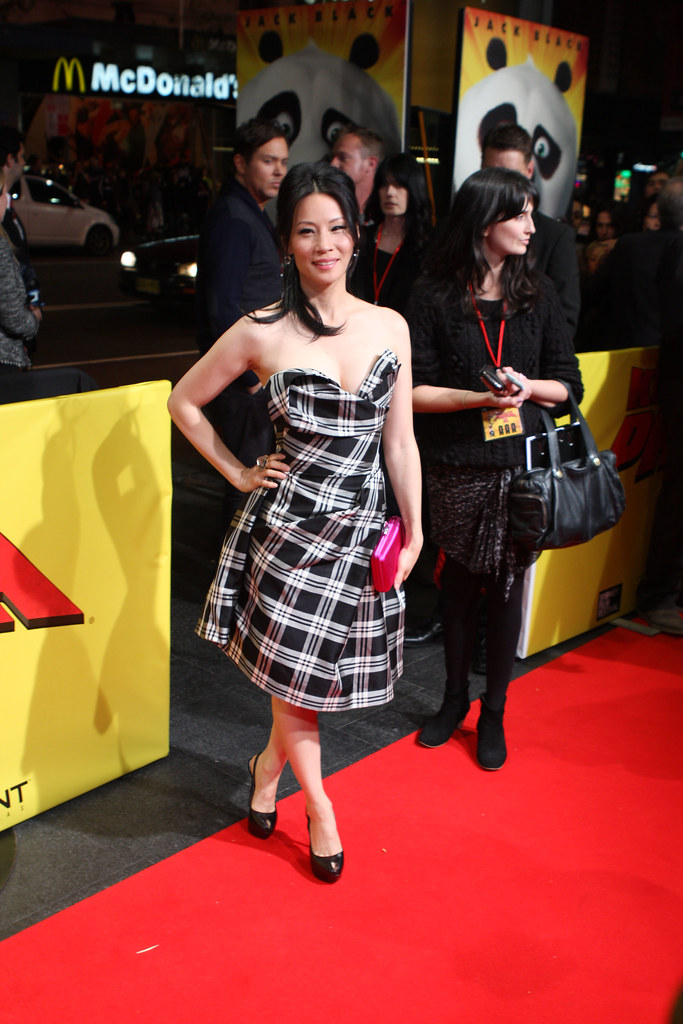
5. **Vincent Oquendo on Industry Hardship**Adding another crucial voice to the growing chorus of concern is makeup artist Vincent Oquendo, who counts Wednesday star Jenna Ortega and *Emilia Pérez* best actress nominee Karla Sofía Gascón among his esteemed clients. Oquendo’s perspective resonates deeply, particularly as he reflects on a series of recent industry-wide upheavals that have profoundly affected the freelance community. He notes, ‘COVID happened, and we adapted,’ acknowledging the collective resilience and resourcefulness demonstrated by gig workers in the face of an unprecedented global health crisis. This history of adaptation, however, only serves to highlight the cumulative strain of subsequent challenges.
Oquendo vividly describes the personal financial toll exacted by the more recent WGA and SAG-AFTRA strikes: ‘Then last year we had the strikes, which personally hit me hard financially, because there was a lot of maneuvering about what was and wasn’t allowed.’ The ambiguity and constant shifts in what constituted permissible work during the strikes created an additional layer of stress and uncertainty for freelancers, making it exceedingly difficult to plan or secure income. This period of disruption further depleted financial reserves and tested the limits of their professional adaptability, leaving many in a more vulnerable position for future crises.
The current threat posed by the wildfires, with its calls for a muted awards season, strikes an even closer and more immediate chord. Oquendo shares the devastating reality that ‘I have friends I work with who have lost their homes.’ This firsthand proximity to profound loss and displacement makes the argument against further economic disruption even more compelling. His concluding plea, ‘We shouldn’t be making things worse for them,’ encapsulates the core message of the gig worker community: while empathy for disaster victims is essential, cutting off the economic lifeline of awards season does more harm than good to a different, equally vulnerable segment of the population within the same community.
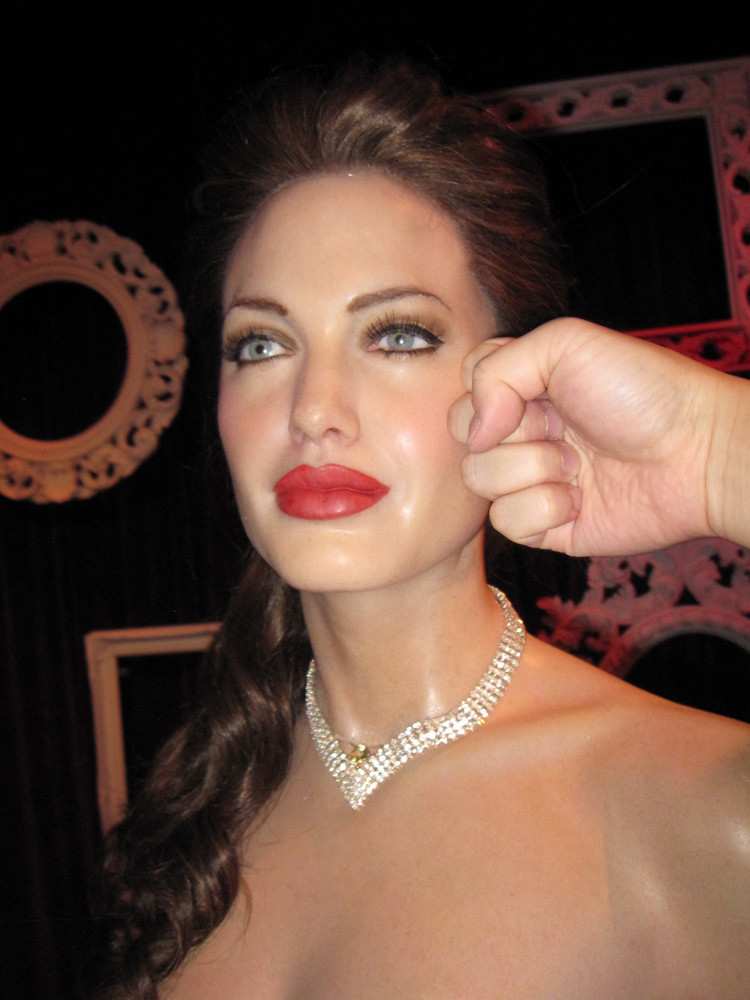
6. **The Invisible Army: Hollywood’s Glam Teams**The general public, accustomed to seeing only the final, immaculate result on the red carpet, rarely grasps the sheer scale of effort and the multitude of creative individuals involved in crafting a star’s look. Makeup artist Vincent Oquendo sheds critical light on this intricate process, providing an illuminating estimate: ‘it could be up to 16 people’ involved in putting a star’s appearance together. This revelation challenges the common assumption that a celebrity’s perfect red carpet moment is merely the result of a single stylist or a quick touch-up. Instead, it is the culmination of a highly coordinated, multi-disciplinary effort.
Oquendo meticulously details the diverse array of specialists who form this ‘glam team,’ an ‘invisible army’ working tirelessly behind the scenes. This extensive roster includes ‘a stylist and their team to hair and makeup artists, a manicurist, seamstress or tailor, a publicist, at least one security guard if a jewelry loan is involved — and that’s just for starters.’ Each role is specialized and crucial, from ensuring the perfect fit of a couture gown to managing precious loaned accessories, and of course, orchestrating media interactions. The inclusion of a publicist in this core team underscores their integral role in managing a star’s image, not just through statements, but through their entire presentation.
The unifying factor among these diverse professionals, as Oquendo emphatically states, is that ‘And we’re all gig workers.’ This shared employment model means that the economic precarity discussed earlier extends across all these essential roles. Awards season, therefore, is not just a showcase of talent and fashion; it is a bustling hub of economic activity, a peak employment period for thousands of freelancers. ‘That’s what you’ll see on the day of a big awards show, like the Golden Globes or the SAGs,’ he concludes, painting a vivid picture of the coordinated chaos and vital contributions that underpin every flawless red carpet appearance. Understanding this intricate ecosystem is key to comprehending the industry’s resistance to altering awards season traditions.

7. **Jessica Paster’s Unwavering Glamour**Amidst the calls for a more muted awards season, star stylist Jessica Paster, whose impressive client roster includes the likes of Quinta Brunson, offers a perspective rooted in both professional insight and a keen understanding of the industry’s inherent drive. Paster remains unconvinced that Hollywood will ultimately tone down its signature glamour, stating definitively, ‘All of us stylists, we all talk to each other, and so far everyone is saying we’re keeping the looks the same as they were [before the fires].’ This collective stance among stylists suggests a strong professional inclination to maintain the high standards of their craft, prioritizing the artistic and commercial imperatives of their work.
Paster acknowledges the industry’s internal discussions, particularly noting, ‘We heard that there was discussion of the Critics Choice Awards becoming a cocktail event.’ However, she quickly pivots to a more profound point, asserting that the level of glamour does not dictate genuine empathy: ‘but no matter which dress you’re wearing, you’re not going to change the way your heart feels.’ This statement distinguishes between outward appearance and genuine sentiment, implying that true solidarity can be expressed in ways that do not necessitate economic harm to the workforce that creates the glamour. For Paster, the solution lies not in reducing the spectacle but in re-channeling its purpose.
Instead of canceling or significantly altering events, Paster proposes an alternative path for Hollywood to demonstrate its compassion and community spirit: ‘I think these events easily can become fundraisers and show that all our hearts are with the Hollywood community.’ This innovative suggestion aligns the industry’s capacity for spectacle with its potential for philanthropy, transforming red carpet events into powerful platforms for aid. Her commitment extends beyond rhetoric, as ‘For the past two weeks, Paster has been among the industry professionals who have been volunteering at clothing-donation drives, assisting displaced people with putting new wardrobes together.’ This action embodies her belief that practical support can coexist with professional excellence, offering a balanced approach to Hollywood’s ethical quandaries.
Navigating the intricate landscape of Hollywood’s red carpet often extends beyond mere sartorial choices or event protocols; it frequently descends into high-stakes public relations battles and controversies that can redefine careers and public perception. While the glamour draws headlines, the strategic maneuvering behind the scenes, particularly when disputes arise, offers a revealing glimpse into the formidable power dynamics at play. This next section delves into some of the most contentious public relations skirmishes, where industry giants have found themselves at odds, and the delicate balance of reputation has been rigorously tested. From alleged smear campaigns to royal protocol mysteries, these incidents underscore the complex, often unseen, forces that shape the narratives emerging from Hollywood’s most coveted stages.

8. **The ‘It Ends With Us’ Scandal: Unpacking Allegations of Misconduct**The highly anticipated film adaptation of Colleen Hoover’s bestseller, *It Ends With Us*, quickly became embroiled in controversy, extending beyond its on-screen narrative to allegations of ual harassment and a toxic work environment leveled by star Blake Lively against co-star and director Justin Baldoni. According to Lively’s legal complaint, her concerns about Baldoni’s behavior predated filming, notably his attempts to introduce what she considered “gratuitous” nudity and sex scenes into the movie. This early friction set a tense precedent for their working relationship, suggesting a fundamental disagreement on creative and professional boundaries.
Further allegations detailed in the lawsuit describe unsettling conduct on set, including claims that Baldoni improvised nonconsensual kissing and openly discussed his life, even sharing experiences where he might not have received consent from previous partners. Producer Jamey Heath, Baldoni’s podcast co-host, also faced accusations, including allegedly showing Lively videos of his wife and entering her dressing room unannounced while she was undressed or breastfeeding. Such claims paint a picture of an environment where professional boundaries were repeatedly breached, leading Lively to seek explicit safeguards.
The situation escalated to an HR meeting in January, where Baldoni and his Wayfarer studio agreed to various conditions before Lively would consider resuming filming post-strikes. Wayfarer acknowledged the gravity of the situation, stating, “Although our perspective differs in many aspects, ensuring a safe environment for all is paramount.” Despite these assurances, the behind-the-scenes turmoil continued to simmer, eventually spilling into the public domain and transforming a highly anticipated film release into a case study of industry conflict and the precarious nature of star-studio relationships.
Read more about: Behind the Velvet Curtain: How Secretive Crisis PR Firms Navigate Hollywood’s Most Explosive Scandals and Shape Celebrity Destiny

9. **Behind the Scenes of a Smear Campaign: Alleged PR Tactics**Following the on-set disagreements and HR interventions, the ‘It Ends With Us’ controversy reportedly transitioned into a high-stakes public relations battle, with Blake Lively’s legal complaint alleging an orchestrated smear campaign by Justin Baldoni’s crisis management team. Weeks before the film’s premiere, Baldoni, alongside Wayfarer, retained crisis management expert Melissa Nathan, known for her work with high-profile celebrities like Johnny Depp during his defamation trial. Nathan joined a PR team that also included publicist Jennifer Abel, marking a decisive shift towards aggressive narrative control.
Bombshell text messages, obtained through a subpoena, reportedly reveal the team’s purported strategy to “destroy” Lively’s reputation. One exchange shows Abel stating Baldoni “wants to feel like she [Lively] can be buried,” to which Nathan replied, “You know we can bury anyone,” adding, “We can’t write we will destroy her” in official documents due to legal risks. This communication suggests an awareness of the controversial nature of their alleged intentions and an effort to couch their strategies in less incriminating terms for external consumption.
Further messages indicate the team’s willingness to actively plant negative stories. Abel reportedly expressed “reckless thoughts of wanting to plant pieces this week about how horrible Blake is to work with,” to get ahead of the brewing controversy. Nathan, for her part, reportedly confirmed she had already spoken off the record to an editor at The Daily Mail, who was “ready when we are.” These interactions, if proven, underscore a concerning level of coordinated media manipulation, where personal grievances are weaponized through strategic PR tactics to control public discourse.
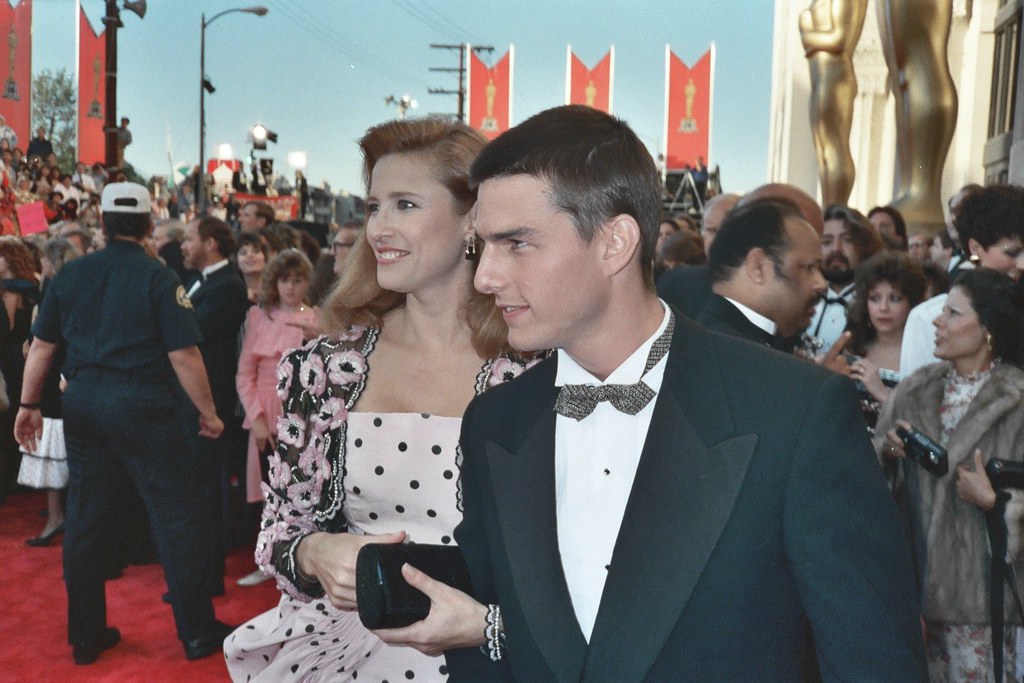
10. **Strategic Media Manipulation: Social Media Campaigns and Narrative Control**The alleged smear campaign against Blake Lively extended into the realm of digital media, with Justin Baldoni reportedly proposing targeted social media strategies to his PR team. In a significant exchange, Baldoni sent a screenshot of an X (formerly Twitter) thread detailing bullying allegations against Hailey Bieber, which had garnered 19 million views, with the caption: “This is what we would need.” This indicated a clear desire to replicate a high-impact, reputation-damaging social media narrative against Lively, demonstrating an understanding of the powerful influence of online discourse.
Melissa Nathan, the crisis management expert, then reportedly began formulating proposals to hire contractors for “full social account take downs.” These strategies included creating “threads of theories” and actively working to “change narrative,” with the critical assurance that “All of this will be most importantly untraceable.” This level of sophisticated, covert digital manipulation speaks to the advanced tactics employed in contemporary crisis PR, where the goal is not just to manage media, but to actively shape, and potentially distort, public perception through uncredited online campaigns.
Baldoni also reportedly focused on controlling the narrative around the film’s central theme, particularly after Lively was criticized for a “tone deaf” promotion that failed to mention domestic abuse. In one message, he inquired about the “TikTok strategy” and stated, “I’d like you guys to start posting me ONLY talking about domestic violence and clips and why this movie is so important.” This suggests an effort to pivot public attention to his portrayal as a dedicated filmmaker committed to important social issues, leveraging the film’s message as a shield against personal allegations and simultaneously attempting to discredit Lively’s approach.

11. **Counter-Allegations: Star Behavior and Media Leaks**In response to Blake Lively’s lawsuit, Justin Baldoni, through his lawyer Brian Freedman, vehemently refuted the accusations, framing Lively’s legal action as a “desperate attempt to ‘fix’ her negative reputation.” Freedman’s statement characterized Lively’s claims as “completely false, outrageous and intentionally salacious,” designed to publicly harm Baldoni and rehash a narrative in the media. This counter-allegation sought to redirect the focus, implying that any negative perception of Lively stemmed from her own “remarks and actions during the campaign for the film,” rather than Baldoni’s alleged misconduct.
Wayfarer Studios, according to Freedman, proactively hired a crisis manager prior to the film’s marketing campaign, not to launch a smear campaign, but to address “multiple demands and threats made by Ms. Lively during production.” These threats allegedly included her refusal to show up to set or promote the film if her demands were not met, which Wayfarer claimed ultimately led to the film’s “demise during release.” This narrative painted Lively as a difficult collaborator whose actions necessitated the studio’s defensive measures.
Furthermore, Freedman’s statement accused Lively of enlisting her own public relations representative, Leslie Sloan with Vision PR (who also represents Ryan Reynolds), to “plant negative and completely fabricated and false stories with media” even before marketing commenced. This counter-claim directly implicated Lively in initiating media manipulation, suggesting that the crisis management team’s subsequent internal scenario planning and private correspondence were merely a response to her alleged proactive efforts, rather than an unprovoked attack. The studio asserted that they took “no proactive measures” for retaliation, only responding to media inquiries to ensure “balanced and factual reporting.”
The red carpet, whether a stage for fashion, a battleground for public relations, or a silent testament to industry economics, remains a dynamic and often revealing spectacle. From the ongoing ethical debates ignited by real-world crises to the intricate, sometimes clandestine, strategies employed in high-stakes celebrity disputes, the narratives unfolding beneath the flashbulbs are as compelling as any film or television drama. As Hollywood continues to evolve, navigating calls for social responsibility alongside its foundational economic structures, these moments serve as powerful reminders of the multifaceted pressures and pivotal decisions that continually reshape the entertainment world’s most iconic stage. The dance between public image and private machinations, glamour and grounded reality, ensures that the red carpet will always be far more than just a place to pose; it is a vital barometer of an industry in constant flux.



